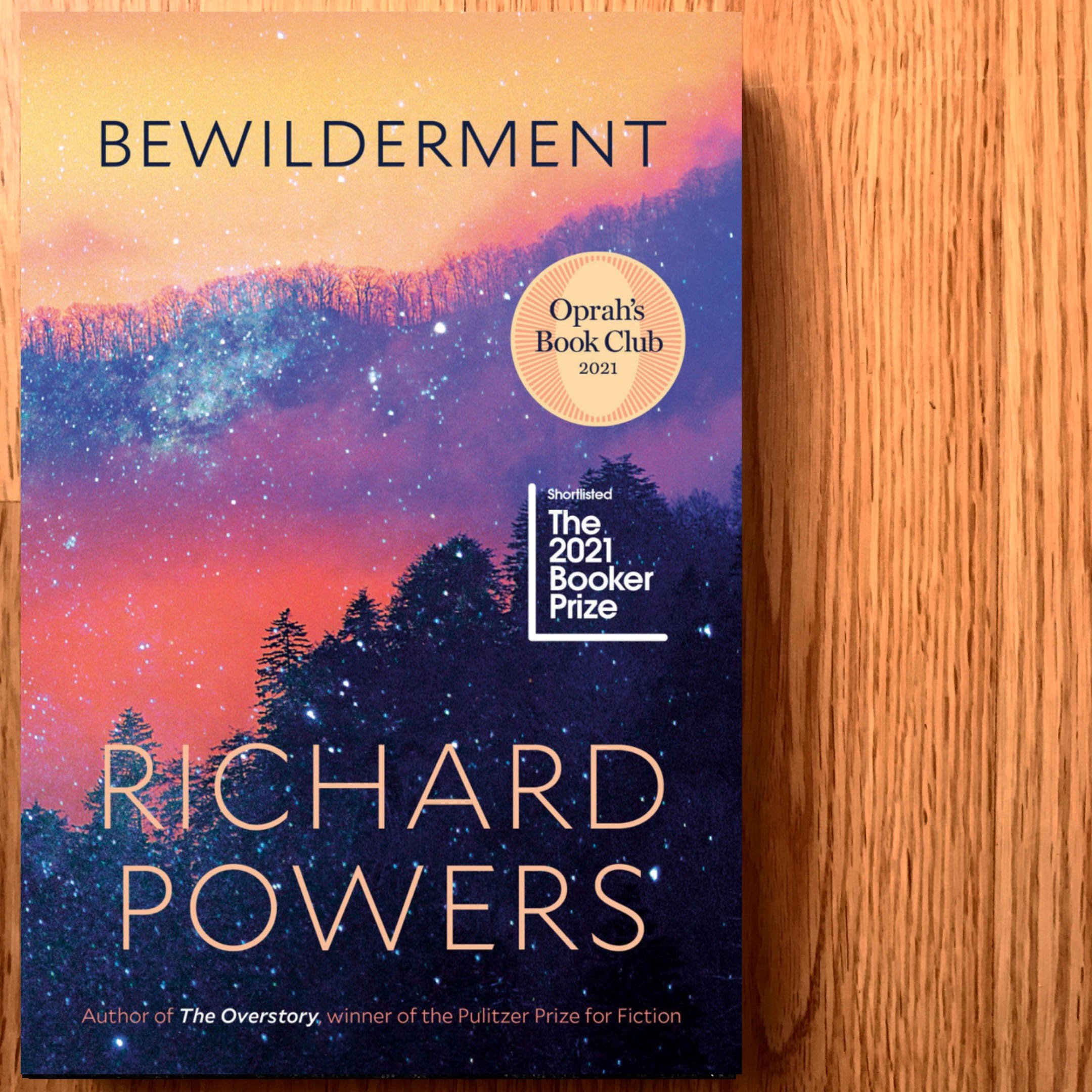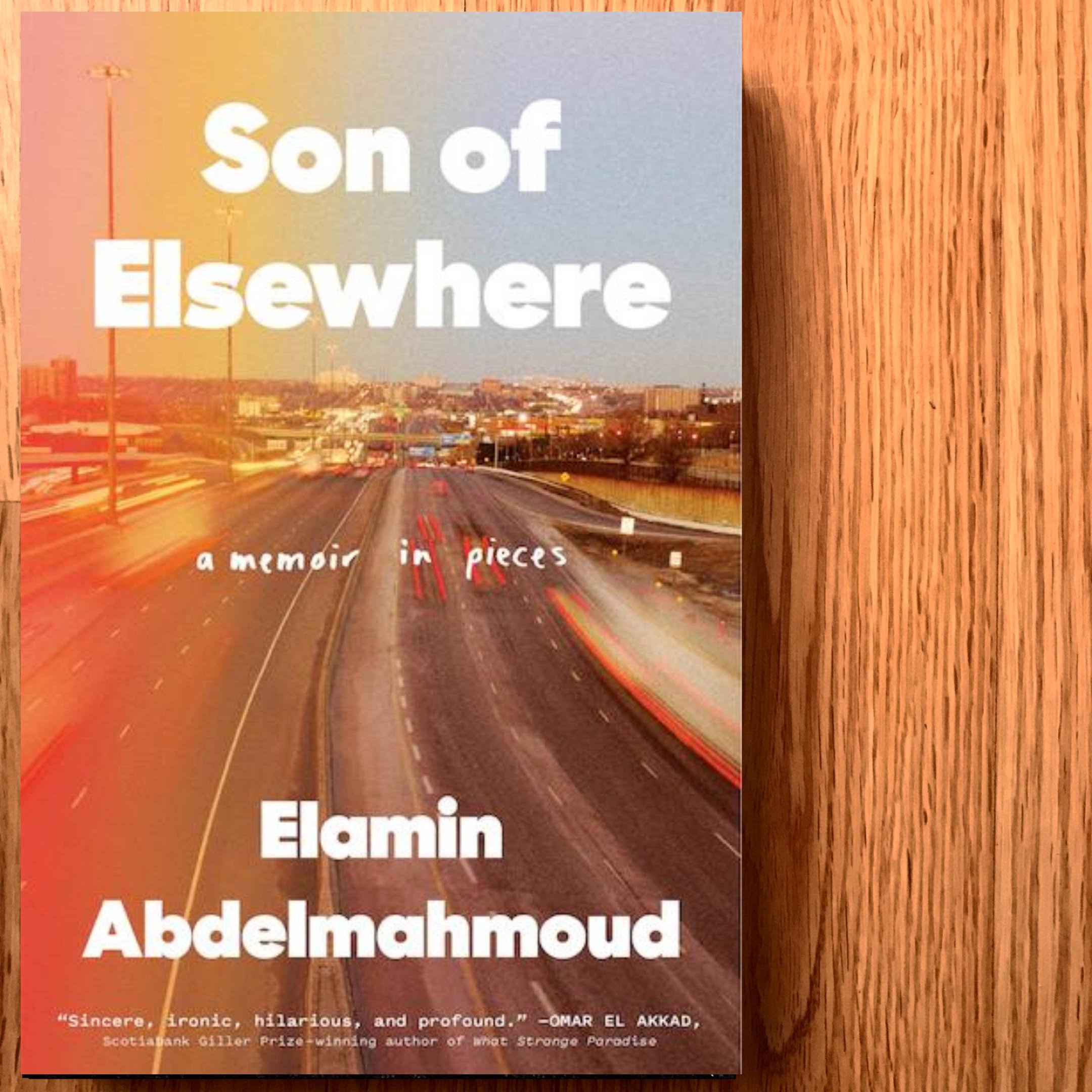By Sara Hailstone
Set in 1860 in Belleville, Ontario, The Apothecary’s Garden by Jeanette Lynes stood out to me due to my own connection to this region, having grown up in Madoc, Ontario. The storyline of a young woman, Lavender, her encounter with a celebrity medium, Allegra Trout, and the balancing between the physical and ethereal realms were all things that drew me to this book.
The Apothecary’s Garden is the author’s third novel amongst a set of seven collections of poetry. She has been longlisted for the Scotiabank Giller Prize and is also currently the director of the MFA program in writing at the University of Saskatchewan. I predict from the quality of its prose, its rich characterization, and the authenticity of the historical setting that The Apothecary’s Garden will win awards.
Lavender Fitch has grown up in the midst of culture and herbology but she is left poverty-stricken after the deaths of her apothecary father and her mother, a talented harp player. Lavender scrapes by with her resourcefulness, selling homemade wares from her cultivated garden at the market. One day, Belleville is visited by a renowned medium named Allegra Trout and her assistant, Robert Trout, an alluring man with an injured face. Although intimidated by and critical of Allegra’s talents, Lavender nevertheless hopes to use her psychic talents to secure information about a possible secret nest egg that her mother left her from the proceeds of her harp concerts. Through economic adversity, Lavender holds on to forbidden love and the hope for financial security from the actions of her lost mother.
The text flowed nicely and was woven with well-crafted descriptive language of the world of the apothecary, plants, flowers, and the representation of Belleville in the mid-1800s. I was interested in the mention of the Moodie family and their presence in the spiritual medium culture in Belleville, but it would have been exceptional to witness deeper contextualization of the Moodies in the novel. There was also a reference to the infamous Fox sisters, who were known for using “rappings” to convince others that they were communicating with spirits. Lastly, I was inspired by the subtle feminist plot line surfacing and holding fast throughout the duration of the novel. Lavender’s mother is the true ethereal connection between the living and those who have crossed over, with validated instances of hearing her harp playing during certain timings of the plot. The novel, essentially, is about the love of a mother from beyond the grave in ensuring her child is okay in the world without her. The novel is also about the grit and perseverance of a woman labelled a “spinster” who makes her way in the world.
Thank you to HarperCollins Publishers Ltd for the complimentary copy in exchange for an honest review!





















